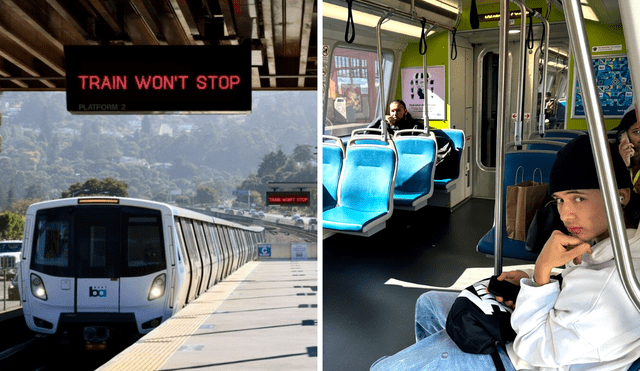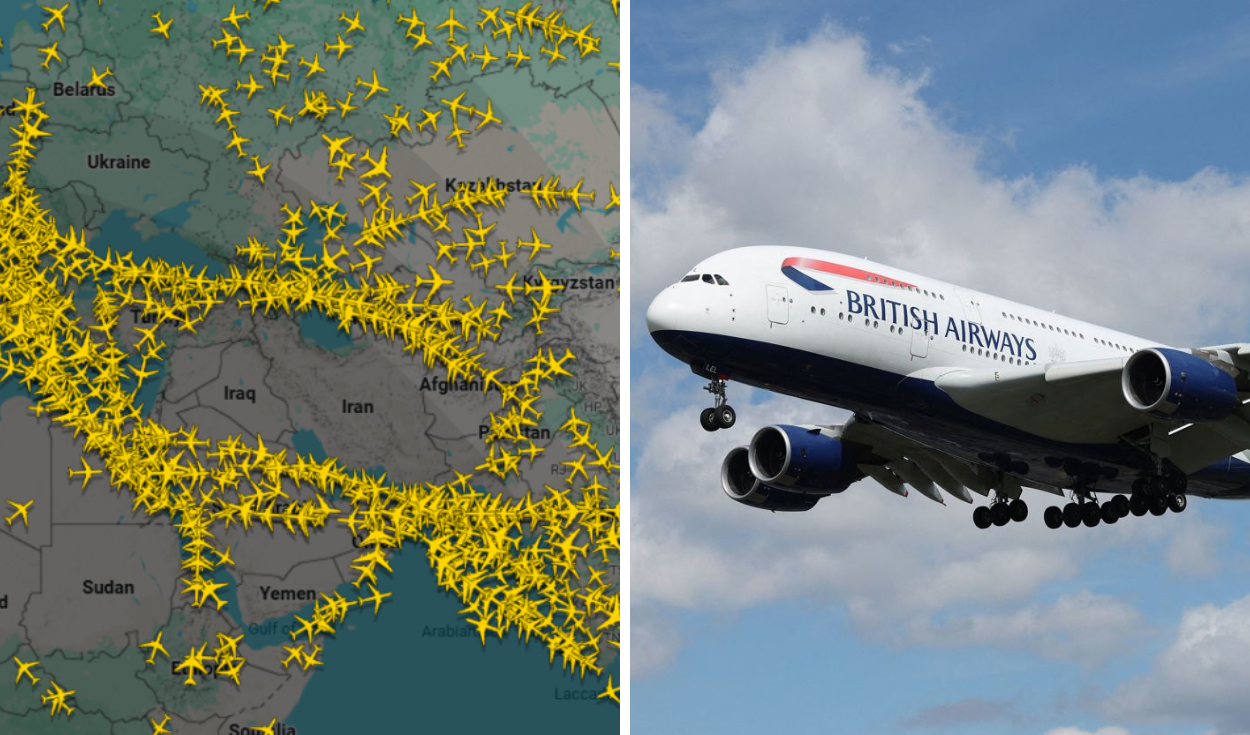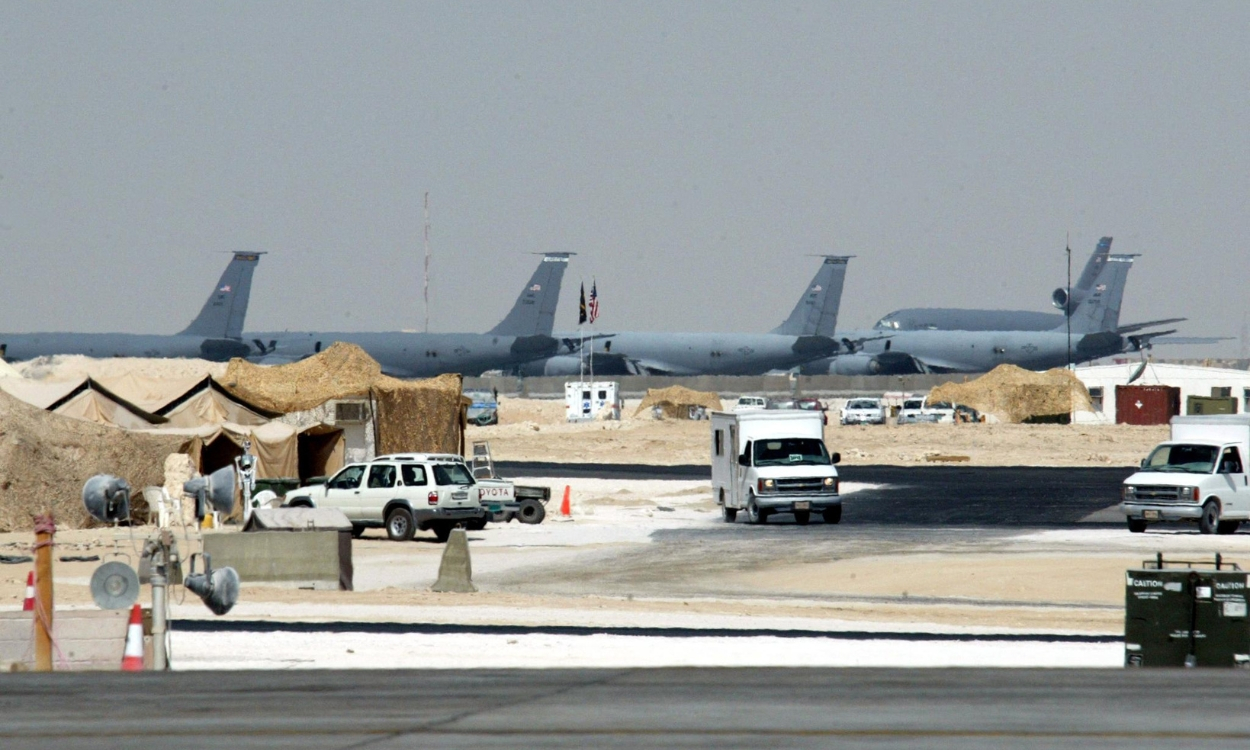BART trains: service resumes after system wide outage disrupts Bay Area commute
A computer networking issue shut down all BART trains Friday morning, forcing thousands of commuters to seek alternatives before service resumed around 9 a.m.

Bay Area Rapid Transit (BART) resumed operations shortly after 9 a.m. on Friday following a systemwide shutdown caused by a computer networking failure. The outage, which began in the early morning hours, brought the region’s primary commuter rail system to a halt during peak commute time, affecting tens of thousands of riders across all 50 stations.
The system, which typically serves more than 170,000 passengers on weekdays, was forced to suspend service due to a failure in powering its train control system. BART officials warned of ongoing delays even as trains resumed running, and said the root cause of the disruption was still under investigation.

ALSO SEE: Say Goodbye to Driver's License: The New Mandatory Document for Immigrants in the US by 2025
Commuter impact and response
The outage came at a challenging time for BART, which has been working to recover from steep declines in ridership since the COVID-19 pandemic. With many workers in the Bay Area still operating remotely, weekday passenger levels remain below 50% of pre-pandemic numbers, according to data from the American Public Transportation Association.
During the shutdown, commuters were left scrambling for alternatives, including buses, carpooling, and ferries. At El Cerrito Plaza station in the East Bay, officials turned away confused passengers while others waited on the curb checking ride-share apps. One commuter, Roya Koutchekinia, expressed concern about getting to work at a San Francisco library on time, noting that local buses couldn’t meet her schedule.
Transit alternatives ease pressure
The timing of the outage—on a Friday—may have helped mitigate the disruption, as many office employees work remotely at the end of the week. Other regional transit systems stepped in to assist BART riders. San Francisco’s Muni system provided support at certain stations, and the San Francisco Bay Ferry deployed larger vessels to absorb increased passenger demand.
The ferry service reported higher ridership volumes Friday morning, but stated it had enough capacity to handle the surge. Meanwhile, road traffic into San Francisco worsened significantly. By 8 a.m., it took over 50 minutes to drive from Oakland to the Civic Center—more than triple the typical 15-minute BART ride for that route.












